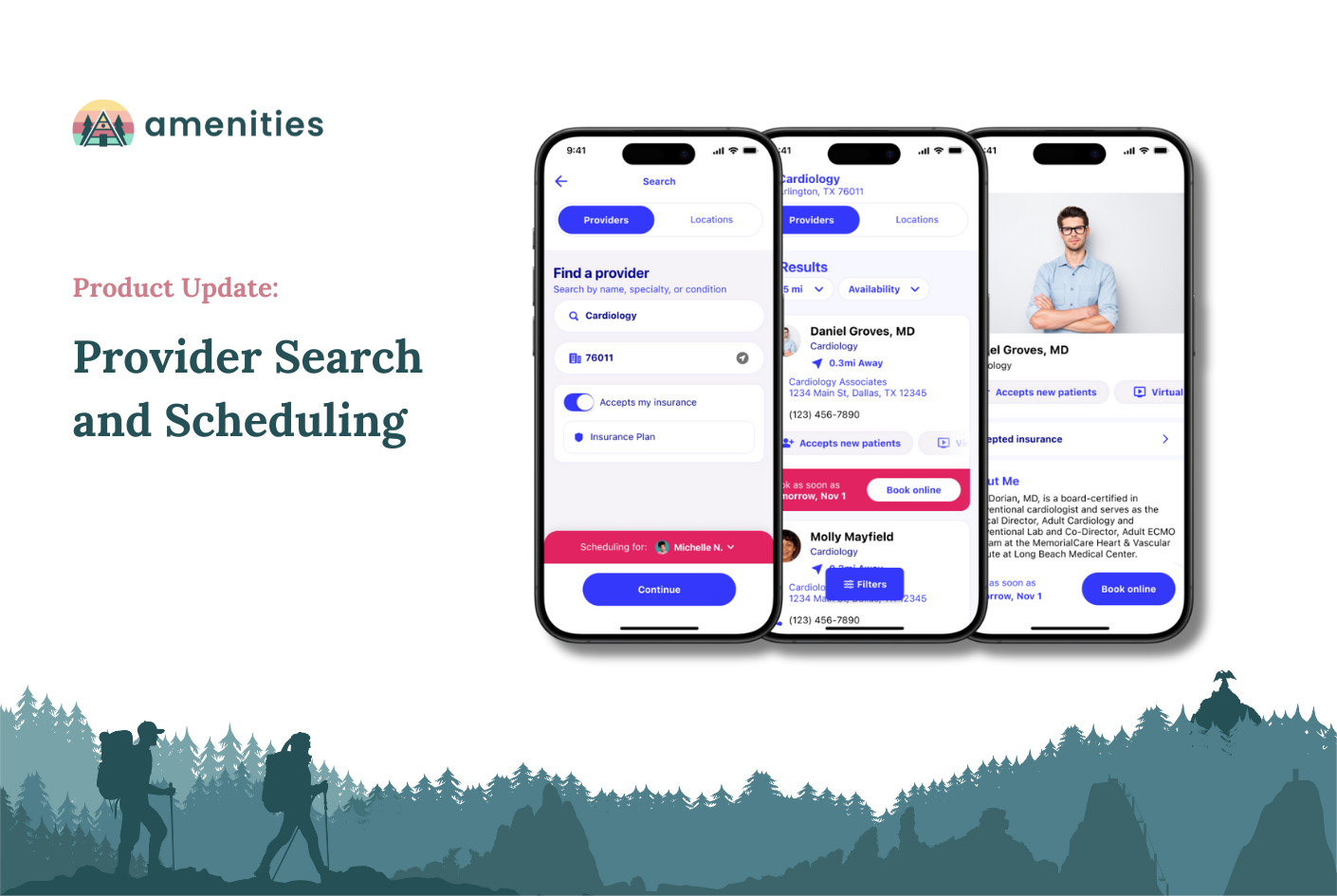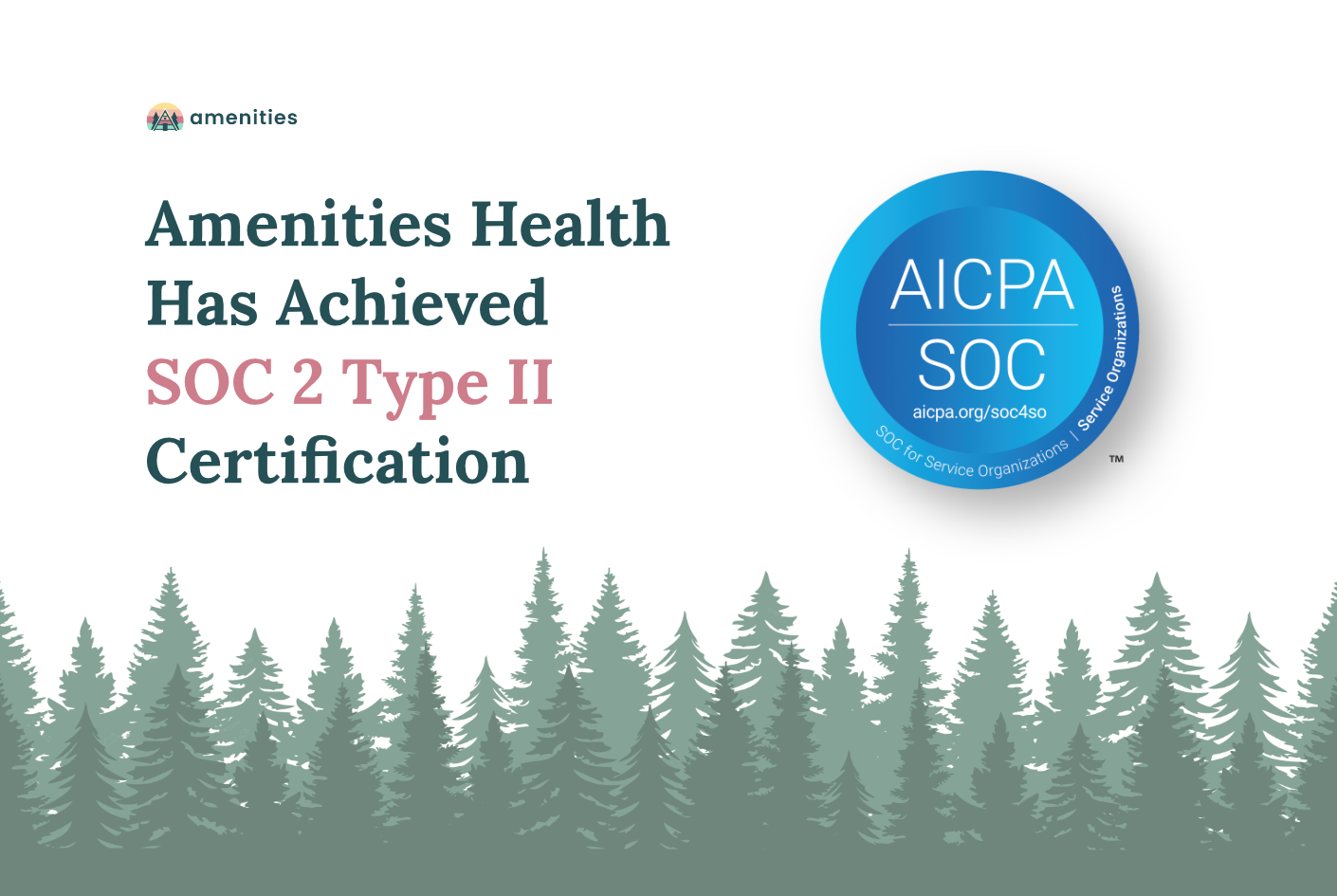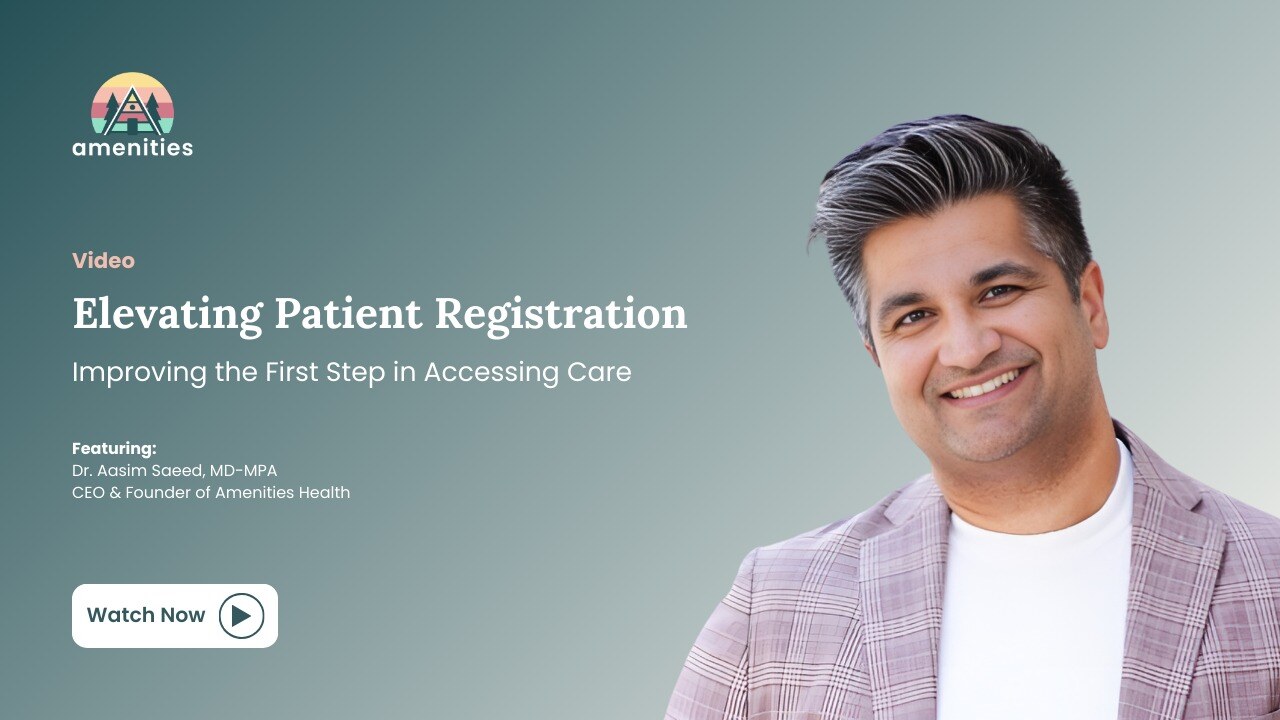Understanding the Importance of Customer Service in Healthcare
For health systems, patient retention is critical to success. In a time where patients can easily switch providers, losing them can affect revenue, reputation, and overall efficiency.
Here are five warning signs your patients may leave—and what your practice can do to retain them:
Poor Communication
If patients experience slow or poor communication, they will leave. Effective communication systems, such as patient portals or two-way messaging, are critical to providing a seamless experience. A lack of engagement signals dissatisfaction, increasing the likelihood of churn.
Action: Invest in robust communication systems that automate appointment reminders and enable direct, responsive interactions. This not only improves patient satisfaction but also enhances operational efficiency.
Inconvenient Appointment Scheduling
In an environment where instant access is the norm, patients demand convenience. If scheduling an appointment involves long wait times, limited availability, or no digital options, patients will look for providers offering easier, flexible access to care.
Action: Implement web and mobile scheduling with real-time availability, accepted instances, physician details, and telehealth options. Streamlined scheduling enhances patient convenience and optimizes resource utilization, leading to higher retention and operational throughput.
Confusing or Unexpected Bills
Billing is often one of the biggest pain points for patients. If they receive a bill that is unclear or significantly higher than expected, it erodes trust in your practice. Surprise medical bills are a major reason patients switch providers, as they feel blindsided by costs they weren't prepared for.
Action: Make billing transparency a priority. Inform patients about their financial responsibilities ahead of appointments and provide clear, itemized statements afterward. Ensure patients are aware of any available payment options or financial assistance programs to offer them peace of mind. This proactive approach helps build a positive patient experience and prevents billing surprises from driving patients away.
Negative Online Reviews and Feedback
Patients today often rely on online reviews to choose healthcare providers. Suppose your practice has consistently low ratings or negative comments on platforms like Google, Yelp, or health-specific review sites. In that case, it could hurt your reputation and push patients toward competitors. These reviews might highlight long wait times, unfriendly staff, or negative experiences with care, all of which can deter new and existing patients alike.
Action: Regularly monitor online reviews and take corrective actions. Respond to feedback, both positive and negative, to show accountability. By improving operational processes that drive patient complaints, you protect your reputation and foster loyalty.
Outdated or Inadequate Digital Tools
Patients today are accustomed to using technology for almost every aspect of their lives, from shopping to banking to booking travel. When it comes to healthcare, they expect the same level of convenience. If your practice lacks modern digital tools, such as an online portal where patients can view their records, request refills, or communicate with the office, patients may seek out providers who offer a more seamless digital experience.
Action: Invest in cutting-edge digital solutions, like a robust digital front door that streamlines patient registration, payments, and appointment scheduling. These tools not only retain patients but also improve operational efficiency, driving down costs.
Conclusion
Patient loyalty isn’t just about providing high-quality care—it’s about delivering a seamless, frictionless experience at every touchpoint. Addressing these five signs proactively can help protect revenue streams, reduce operational inefficiencies, and keep patients coming back to your practice. Make patient satisfaction and convenience a priority, and your healthcare system will thrive in today’s competitive environment.



.png)




.png)



